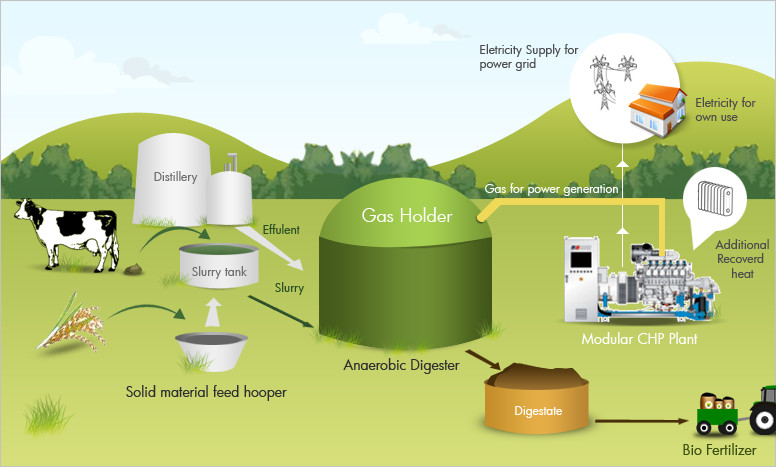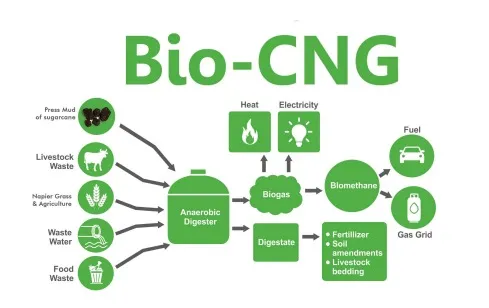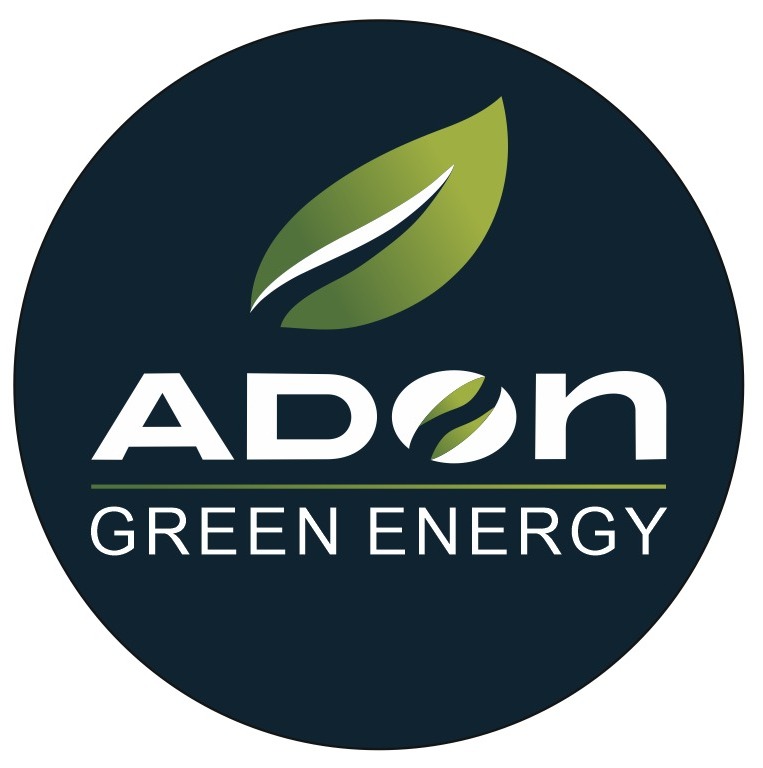Bio-CNG
About Bio-CNG
A naturally produced gas through the anaerobic decomposition of biomass like agricultural waste, animal droppings, residue from agro-food industries, domestic waste, etc. As we all know Bio-CNG is purified The main constituents are methane, carbon dioxide, and traces of gases like water vapour, oxygen, hydrocarbons, ammonia, etc. It is a highly combustible gaseous fuel that releases heat and energy. The constituents like water vapour, hydrogen sulphide, and carbon dioxide make biogas very unsuitable to be utilized as fuel. Biogas is purified to remove hydrogen sulphide, carbon dioxide and water vapour and thereafter compressed as Compressed Bio Gas.
Get in touch with us
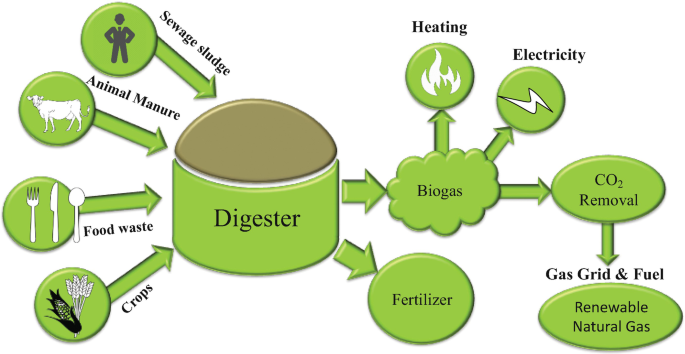
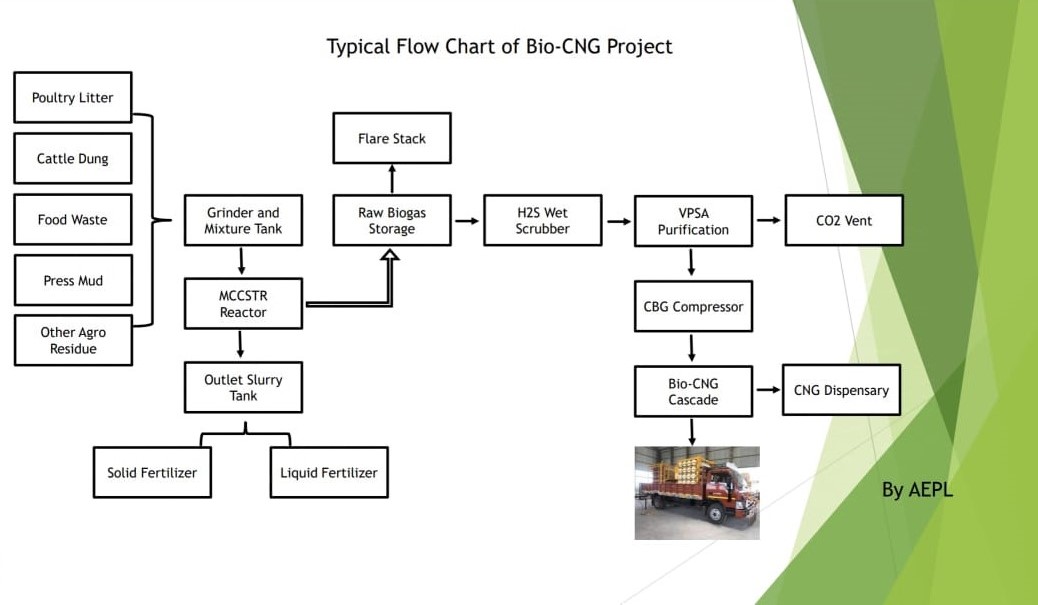
How we make Bio-CNG
Bio-CNG is produced by breaking down organic waste in a sealed tank, called an anaerobic digester, and then purifying and compressing the resulting biogas. CBG is made from fermented waste or other biological material, thus making it a CO2 neutral fuel. The fuel is mostly made up of methane, the other approx. 5 percent is made up of various gases. Compressed Biogas (CBG) is becoming an important part of the offerings for CO2 neutral fuel for vehicles.
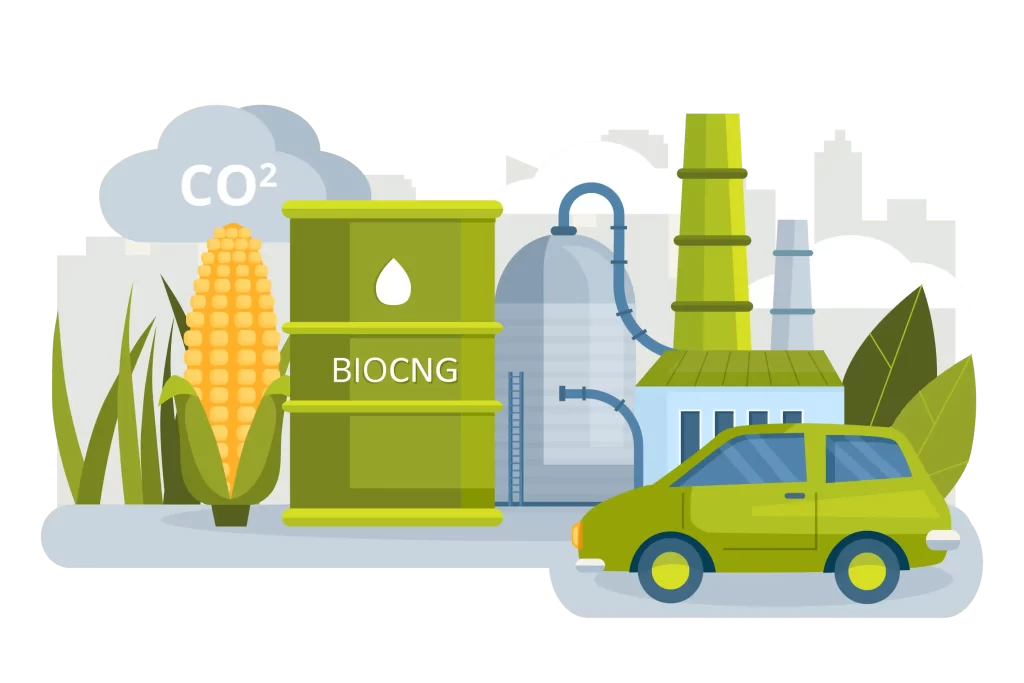
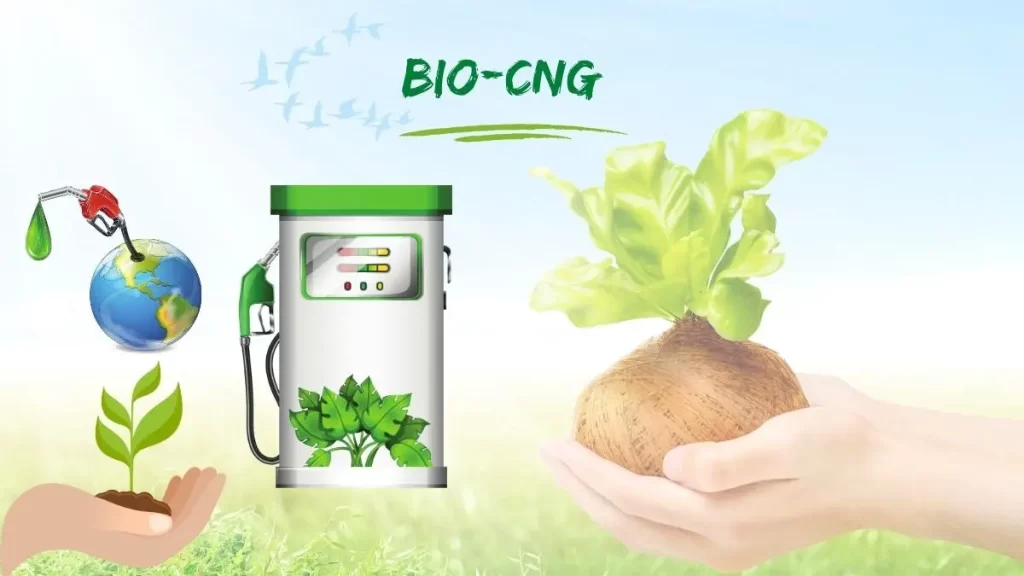
What is required to produce Bio-CNG?
It is produced through the decomposition of biogenic waste in the absence of oxygen. Biogenic waste is a broad term used for waste generated by plants and animals. The biomass is cleaned/scrubbed to get the desired quality of Biogas.
Sources of animal waste: Dairy Farms
❐ Poultry Farms ❐ Other Animal Husbandry ❐ Plant waste/ Farm Waste
Sources of plant/ farm waste:
❐ Paddy Straw ❐ Fodder Crop ❐ Napier Grass ❐ Solid Organic Waste
❐ Municipal Solid Waste
